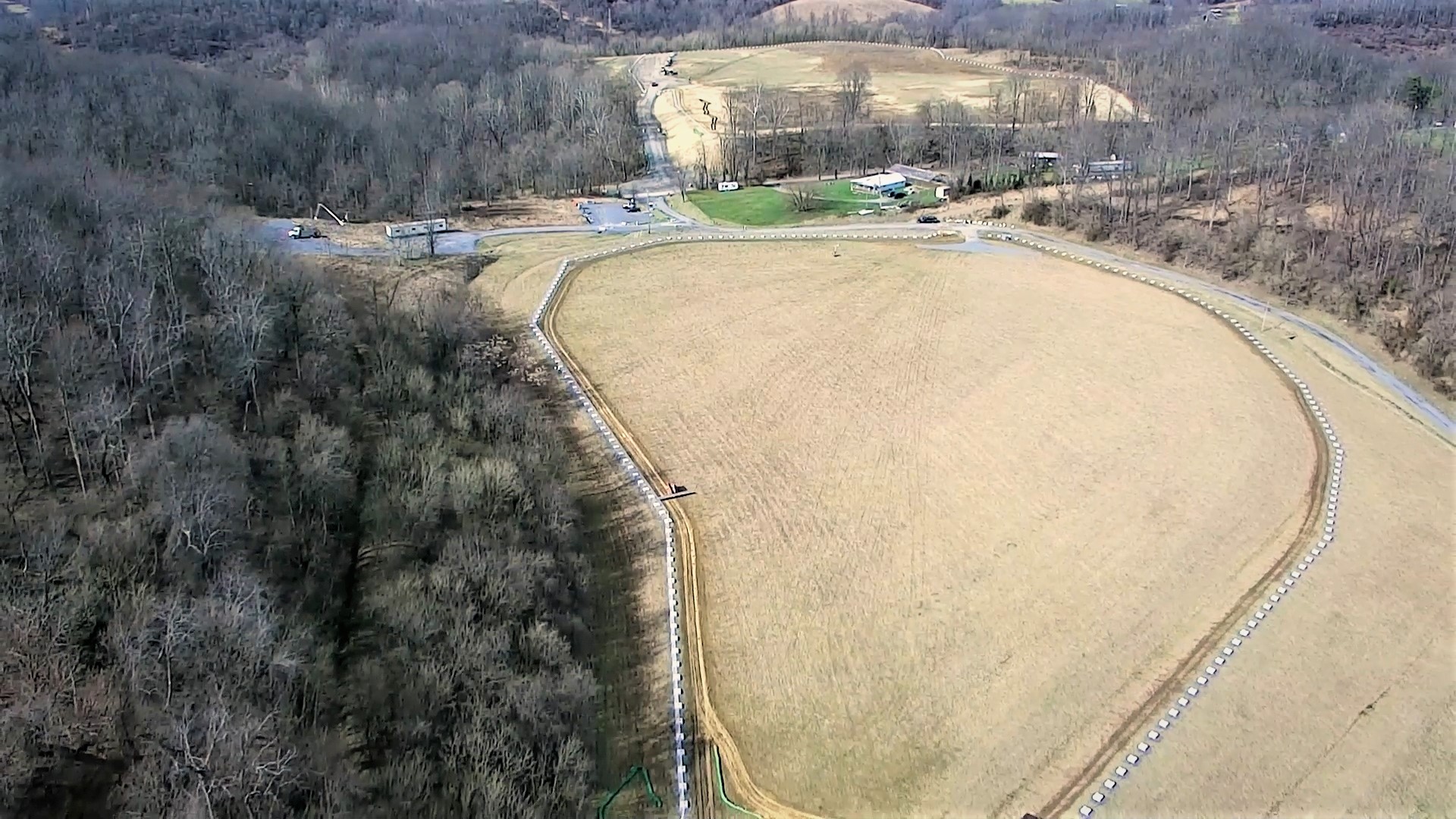Mon Power has started construction on its second solar facility in the state.
The company will build a 5.5 megawatt solar farm on 27 acres in Marion County near a coal-burning power plant that closed in 2012.
Jim Myers, president of Mon Power parent FirstEnergy’s West Virginia operations, said the property is a former coal ash disposal site.
“We believe the energy generated by our West Virginia solar sites will continue to encourage economic development in the state because a growing number of companies require a portion of the electricity they purchase to be generated by renewable sources,” he said.
In January, Mon Power activated its first solar facility in West Virginia in Monongalia County. It generates 19 megawatts on about 80 acres near two active coal plants.
The Marion County site, and another in Berkeley County, are expected to start operating by the end of the year.
Mon Power and Potomac Edison are seeking Public Service Commission approval to begin construction on two more solar facilities, one in Tucker County and one in Hancock County.
Together, the solar sites represent a small but growing renewable energy sector in the state.
